Ripudaman Singh has only lived in Aarhus for 14 years but one would be hard pressed to find anyone more knowledgeable about the city’s history.
The India native is behind a new photography project that brings Aarhus’s past alive by blending it with the present.
Singh took old photos from a public database and spent three years painstakingly recreating the same shots and then blending the photos together to show how Denmark’s second city has changed over the past 100-125 years.
His exhibition, 'Time Travel Aarhus' opened to rave reviews at Musikhuset Aarhus last month and Singh says that his project has helped uncover lost stories from the city’s past.
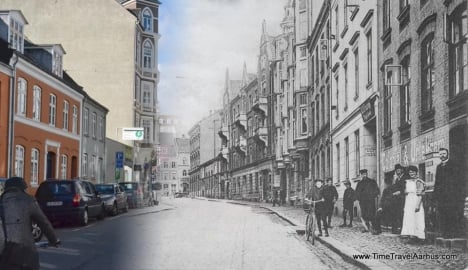
“People who have been living here for many years get a real sense of nostalgia and a connection to the past and the pictures have really gotten people talking,” he told The Local.
“Through this project, I’ve heard a lot of anecdotes from people that you can’t find anywhere in the history books, so I’ve gathered a lot of historical knowledge that not even the long-term natives have,” he added.
Aarhusians have been so taken by Time Travel Aarhus that the exhibition's run time has been extended by almost two months, in large part so that a very special guest will get the chance to see Singh's photos.
“The end date has been extended from March 26th to May 15th. This is because of the public response and also because Queen Margrethe will visit Musikhuset as part of her birthday celebrations and organizers want the pictures to be there when she comes,” Singh said.
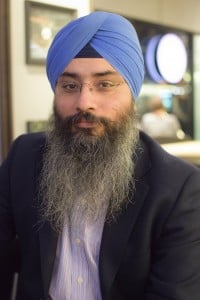 Singh, who by day is the COO of a local biotech company, said that his project was born out of a love for both photography and his adopted home city.
Singh, who by day is the COO of a local biotech company, said that his project was born out of a love for both photography and his adopted home city.
“I’ve been living here for a long time now and I’ve always loved photography. I live very centrally in Aarhus, so I know all the landmarks and streets. I first came across the old photos about 10 years ago, and then three years ago I started the process of recreating the shots,” he told The Local.
Singh said that his method of blending the old and new photos together have produced some magical results. One of his favourites is a photo (seen at top of article) from the Aarhus pedestrian street Strøget that appears to show a boy from 1892 looking over his shoulder at a bouquet of colourful balloons from the present.
For Singh, the project was a way to express his admiration for Aarhus.
“Aarhus is a beautiful city and it’s home to me now. All three of my kids were born here. It’s a small, peaceful city with all the amenities. It’s no wonder it’s often called ‘the world’s smallest big city’,” he said.
The Time Travel Aarhus exhibition at Musikhuset Aarhus runs through May 15th. More can be found on the the exhibition’s website and Facebook page.
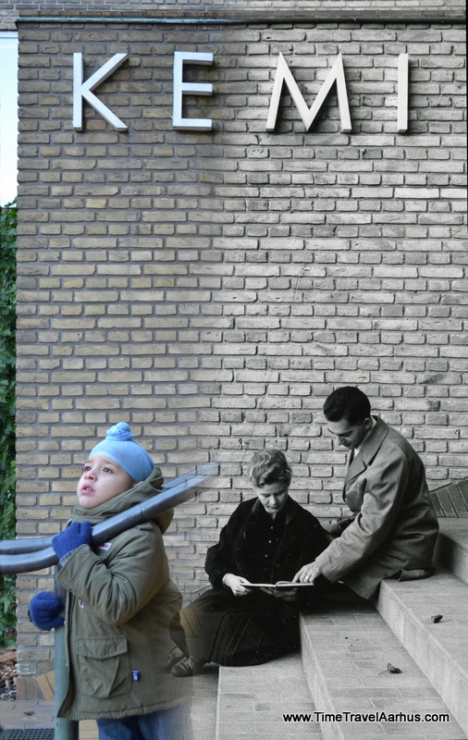
In one of Singh's favourite pieces, which he calls FOOTSTEPS, he uses photos of the the Chemistry Institute at Aarhus University from 1964 and 2014, the latter of which features his own son. He said the blending of the building's bricks provided a unique technical challenge.

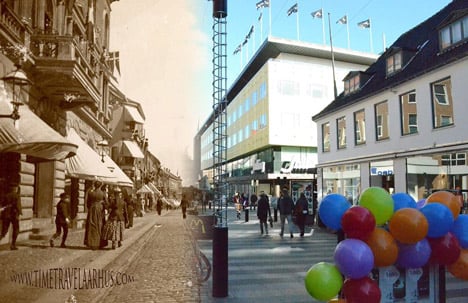
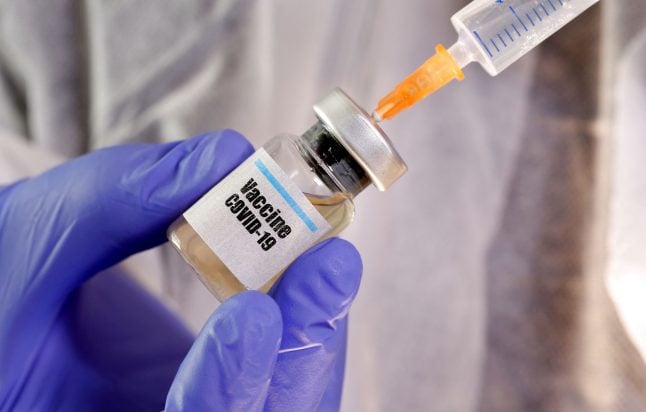
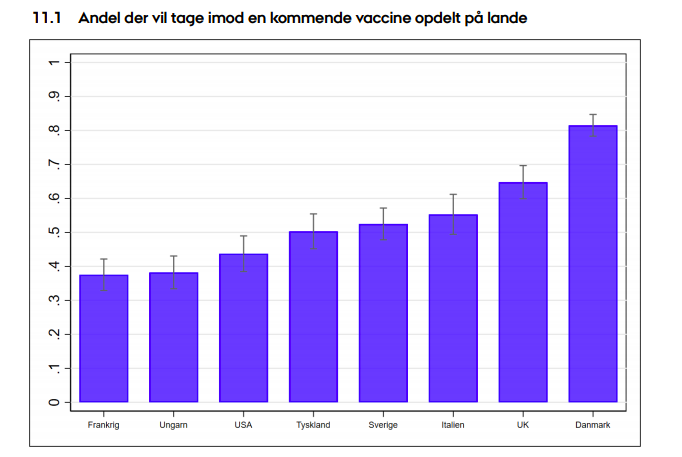
 Please whitelist us to continue reading.
Please whitelist us to continue reading.
Member comments